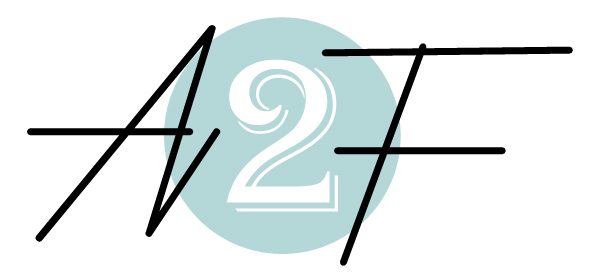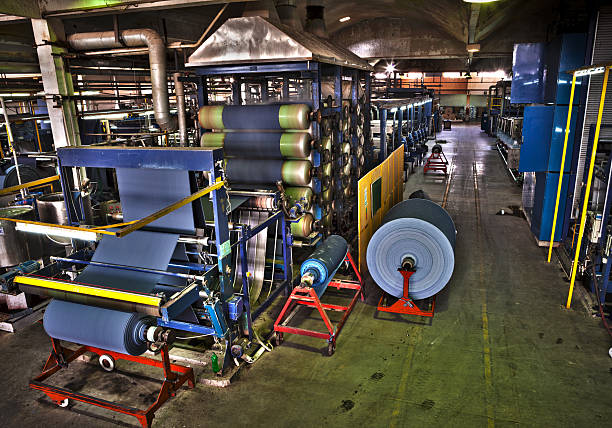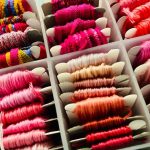What is the Mechanical Fabric Finishing Process?
Mechanical fabric finishes methods are any finishing applied mechanically to improve a fabric’s appearance, performance, and durability. There are two main types of textile finishing: chemical ending and mechanical finishing. Mechanical finishing uses manual methods to modify fabric’s properties, which is impossible with chemical finishing. The finishing of fabric gets on many factors, including the different fabric names used, the types and the dyeing methods. The fabric’s overall appearance must be improved by finishing.
Textile Infomedia is a leading portal where many textile wholesalers can be listed. Our platform allows you to contact many textile wholesalers. Our online platform facilitates B2B commerce by providing a space for textile wholesalers to meet with buyers.
Different types of mechanical fabric finishing methods
There are many factors to consider when it comes to textile mechanical finishing. The fabric’s characteristics, type, and desired result are the most important. This allows you to choose the best type of finishing method for your fabric, increasing its durability and efficiency. Textile Infomedia offers a variety of fabrics that are available directly from wholesalers. We are one of India’s most trusted platforms for textile products, offering you the best prices directly from wholesalers. These are the most common types of mechanical finishing processes used in textile manufacturing:
Calendaring
Calendaring uses high pressure to alter the properties of the home textile fabric using. The initial stages of the fabric’s weaving will determine how efficient the calendaring process is. Calendared fabrics are typically soft weave or open weave. This is because they are more efficient than tightly woven or hard fibers. Calendaring smoothens the fabric by eliminating creases and crinkles. Calendaring is a common method used in textile markets. This is because calendaring, out of all mechanical fabric finishing methods, adds luster and smoothness to the fabric.
Napping
Napping is a mechanical finishing process that involves removing a layer from the fabric’s surface. The pile is formed on top of the fabric. Napping gives the fabric soft and warm handles. It is also useful for knitted and woven fabrics. Fabric is extremely soft and comfortable due to the formation of the pile.
The nap is generally brushed in one direction so light can reflect off it. Corduroy and Velvet fabric are the most common fabrics used for this purpose. Textile Infomedia offers a wide range of fabrics that have been finished with a napping process, and are of high quality.
Sharing
Sheering refers to a mechanical finishing process that involves removing the ends of the fiber. This process removes random fiber lengths and creates a level pile. Fabrics that have been through the napping process will usually be sheared. Knit fabrics are sheared using a single cutting head per unit. This is also true for woven fabrics. Multiple shredders can be used for woven fabrics.
To determine the desired pile height, you can adjust the distance between the cloth rest (or the rotating blade). Textile Infomedia is an online directory that lists various wholesalers. These wholesalers can supply you with high-quality finished fabric. You can also check Fabric Knitting Techniques in the Textile Industry here.
Continue reading to learn more about the various mechanical fabric finishing methods used in textile manufacturing.
Seeding
When fabric needs to be raised or pilled, suede is used. This mechanical finishing procedure uses rotating rollers with abrasive surfaces like sandpaper and emery cloth. When the fabric is fully open is passed through the abrasive-covered rollers, it causes abrasion. The pressure determines the length of a short pile the rollers apply to the fabric. It can be rotated in the opposite direction. Textile Infomedia offers a wide range of textiles with high-quality finishing. We are India’s leading portal for high-quality textiles.
Compacting
Compacting is a type of mechanical finishing that reduces shrinkage in the fabric. The fabric’s structure will determine whether it shrinks or not. The fabric’s structure will determine how much shrinkage it can experience. By compressing the fiber’s structure, compacting reduces the shrinkage time. This mechanical finish is used in both knitted and woven fabrics. Textile Infomedia allows people to search for fancy fabric wholesalers.
Heat Setting
Fabric is subject to different strains and stress at different stages of its manufacturing process. This can cause distortions in the fabric’s structure and uneven shrinkage. Heat setting, a mechanical finishing process, stabilizes the fabric’s structure by releasing stress. This permanent finishing is very efficient and common in the textile industry. The heat setting process uses agents like moisture, heat and pressure. It does not require any chemical agents. Textile Infomedia offers wholesalers for a variety of textiles.
Textile Infomedia Offers the Best Quality Textiles through Wholesalers
There are many types of mechanical fabric finishing methods for textiles. Different types of textiles are different in their properties and can be used for different purposes. The finishing process is crucial to the fabric’s final look and application. Fabric finishing is the process that makes various fabrics more usable and more efficient. The fabric’s appearance and durability are enhanced by finishing. You can also explore Textile Mill by Categories to find contacts for Textile Mill, such as a Ginning mill and a spinning mill.
Textile Infomedia is an online portal that lists various wholesalers for textiles. Our portal offers the best deals for textile resellers and retailers. Textile Infomedia allows textile sellers and buyers to meet on a single platform.


